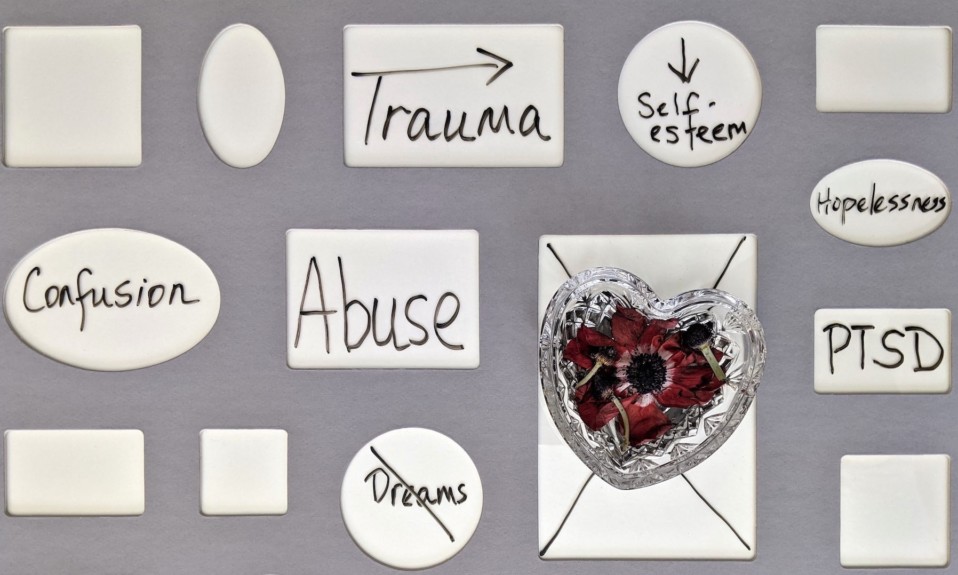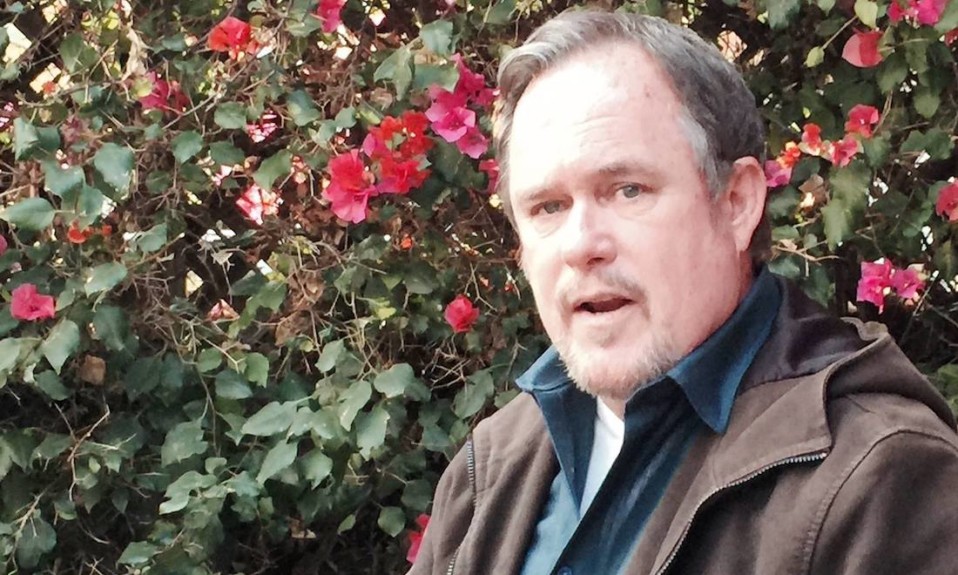Meth use surges; the role of hope in stemming gambling and other addictions; and COVID’s burnout rate for treatment professionals
By William Wagner
Ending the opioid epidemic will take a team effort. With that in mind, a new study published in Addiction zeroes in on a collaborative way to bring buprenorphine, an underutilized resource in medication-assisted treatment (MAT), into greater play. We also spotlight the dramatic uptick in methamphetamine use, the ability of something as basic as hope to stave off addiction and the COVID-19 burnout of frontline addiction treatment and mental health professionals.
From Addiction:
How to Bolster Buprenorphine Care
In the battle against opioid addiction, buprenorphine is a proven tool. Problem is, many people with opioid use disorder (OUD) don’t have access to this medicine. According to a study published yesterday in Addiction and supported by the National Institute on Drug Abuse (NIDA), fewer than 10% of primary care providers are authorized to prescribe buprenorphine. This means “[t]he vast majority of individuals with opioid use disorder…do not receive OUD treatment in the U.S.” The study, however, offers a solution: enhanced collaboration with pharmacists. As the authors of the study state, “A collaborative care model for people with opioid use disorder that involves buprenorphine-waivered physicians and community pharmacists appears to be feasible to operate in the U.S. and have high acceptability to patients.”
A collaborative care model for people with opioid use disorder that involves buprenorphine-waivered physicians and community pharmacists appears to be feasible to operate in the U.S. and have high acceptability to patients.”—Addiction study on buprenorphine prescriptions
From the Journal of Addiction Medicine:
A Surge in Meth Use
Researchers from Millennium Health, a San Diego-based lab that provides drug-testing services, have worrisome news: Methamphetamine use is on the rise in a big way. The lab analyzed about two million urine samples between 2014 and 2019 and found that the chances of testing positive for methamphetamine had increased 340%. Additionally, the study’s authors write that “copositivity…for fentanyl, heroin and other opioids with methamphetamine were highest in 2019.”
From the Journal of Gambling Studies:
The Power of Hope in Battling Addiction
Whatever the potential addiction—gambling, alcohol, opioids—don’t underestimate the power of hope in skirting it. Through experimentation, researchers from the University of East Anglia in the United Kingdom determined that people who scored well in their “hope” category were less inclined to develop gambling problems. The findings can be applied to other forms of high-risk behavior. Said Shahriar Keshavarz, one of the researchers, in a news release: “There is a lot of evidence to show that remaining hopeful in the face of adversity can be advantageous, so we wanted to see if hope can help people feel happier with their lot and buffer against risky behaviors.” The lesson, according to the study, is that “[n]urturing hope in relatively deprived populations may protect them against maladaptive behaviors with potential applications for harm reduction.”
From Addiction Professional:
COVID Burns Out Addiction Treatment and Mental Health Workers
Nearly a year into the COVID-19 pandemic—and with the outbreak growing worse by the day—frontline healthcare workers are at the end of their rope. These include addiction and mental health professionals. In an essay for Addiction Professional, Lisa Romano, RN, MSN, chief nursing officer for CipherHealth, writes with authority on this sense of exhaustion. And she issues a stark warning to all of us: “The degree to which hospitals and treatment centers enable, empower, and listen to their frontline workers will not only determine how well we weather this pandemic, but the state of our healthcare workforce and our ability to manage future healthcare crises.”














